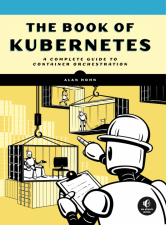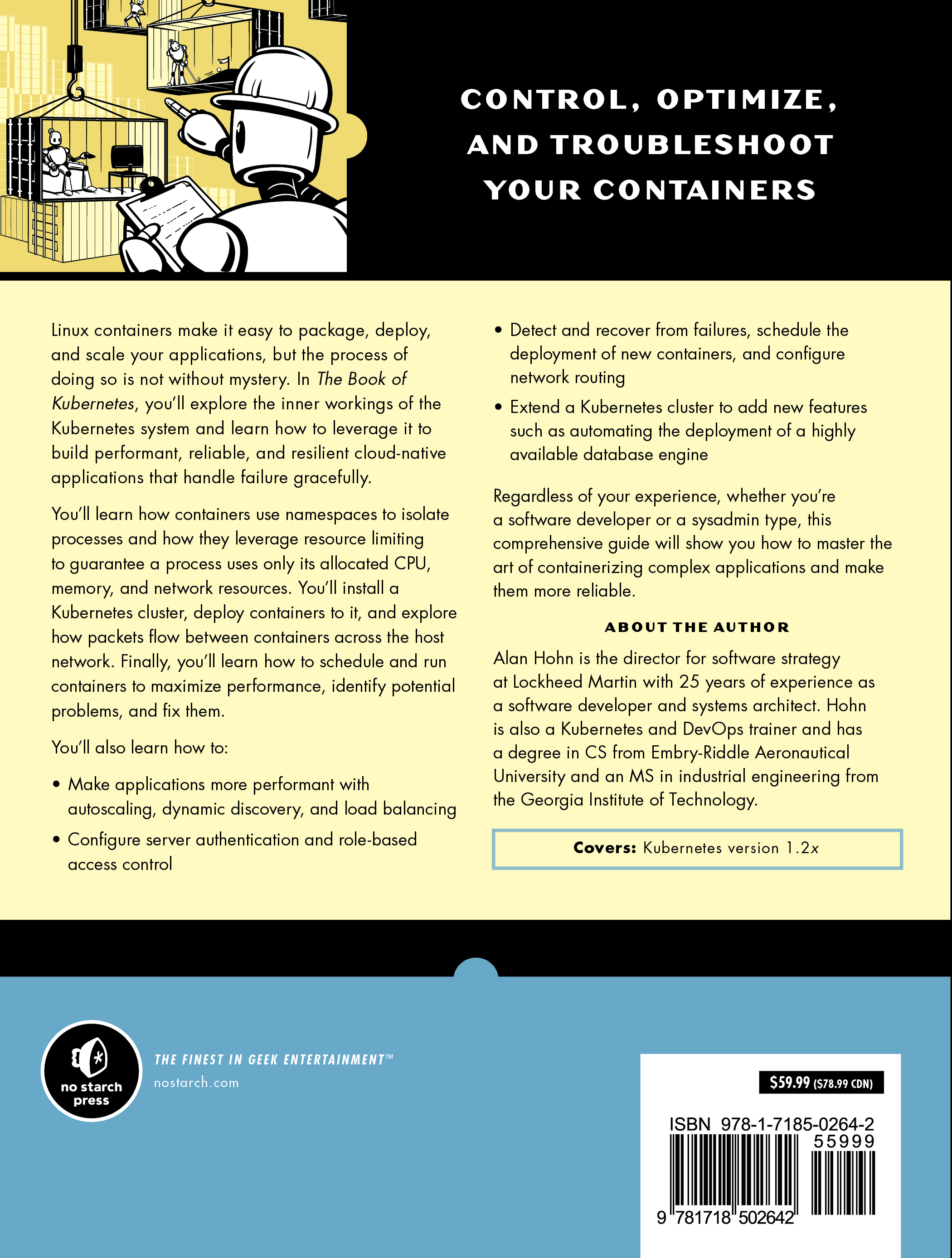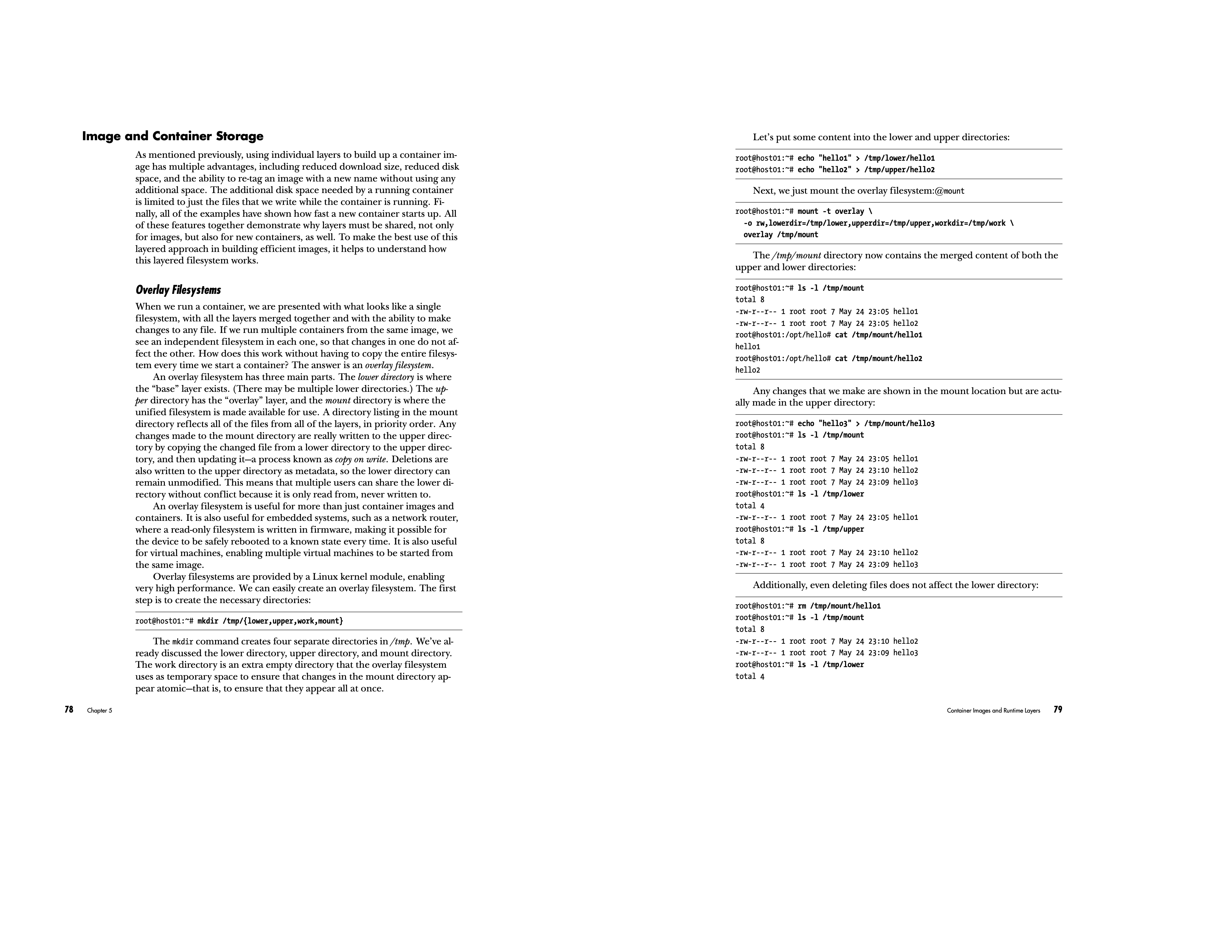Acknowledgments
Introduction
PART I: MAKING AND USING CONTAINERS
Chapter 1: Why Containers Matter
Chapter 2: Process Isolation
Chapter 3: Resource Limiting
Chapter 4: Network Namespaces
Chapter 5: Container Images and Runtime Layers
PART II: CONTAINERS IN KUBERNETES
Chapter 6: Why Kubernetes Matters
Chapter 7: Deploying Containers to Kubernetes
Chapter 8: Overlay Networks
Chapter 9: Service and Ingress Networks
Chapter 10: When Things Go Wrong
Chapter 11: Control Plane and Access Control
Chapter 12: Container Runtime
Chapter 13: Health Probes
Chapter 14: Limits and Quotas
Chapter 15: Persistent Storage
Chapter 16: Configuration and Secrets
Chapter 17: Custom Resources and Operators
PART III: PERFORMANT KUBERNETES
Chapter 18: Affinity and Devices
Chapter 19: Tuning Quality of Service
Chapter 20: Application Resiliency
Index
View the Copyright page
View the detailed Table of Contents
View the Index





